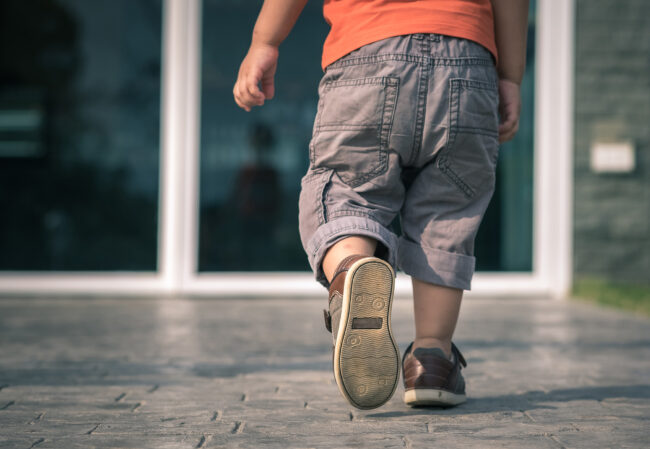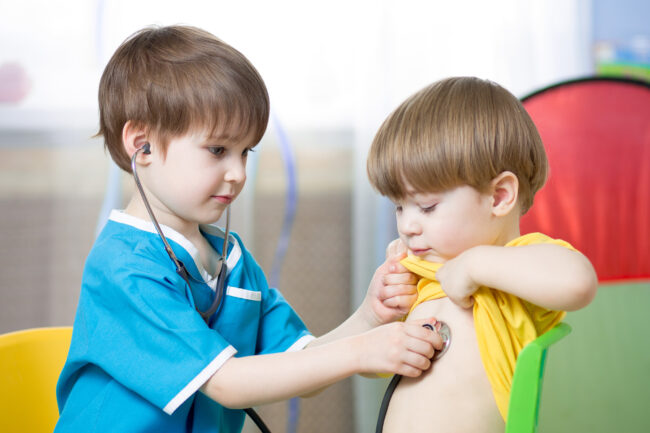What are neuromuscular
disorders?
As the name suggests, neuromuscular disorders affect both the muscles and the nerves.1 This section explains how the nerves and muscles work together in the body, and how neuromuscular disorders develop.

What is Duchenne muscular
dystrophy?
DMD is the most common form of muscular dystrophy in children, accounting for approximately half of all cases.2 This section explains the causes of DMD, it’s signs and symptoms, and how the disease progresses.

Living with Duchenne
muscular dystrophy
Despite the challenges it presents, a diagnosis of DMD doesn’t mean your child can’t live a fulfilling and productive life. In this section, learn how certain lifestyle adjustments can help your child participate at home and in school as fully as possible.

The ultimate guide to Duchenne muscular dystrophy
Keen to learn all you can about DMD? In this section, find everything you need to know about DMD, all in one place.
Explore the ultimate guide to Duchenne muscular dystrophyReferences
- Royal College of Nursing. Neuromuscular disorders. Available at https://www.rcn.org.uk/clinical-topics/neuroscience-nursing/neuromuscular-disorders [last accessed September 2022].
- National Institutes of Health. What are the types and symptoms of muscular dystrophy (MD)? Available at https://www.nichd.nih.gov/health/topics/musculardys/conditioninfo/types [last accessed September 2022].
© 2022 PTC Therapeutics.
GL-DMD-0654 | October 2022